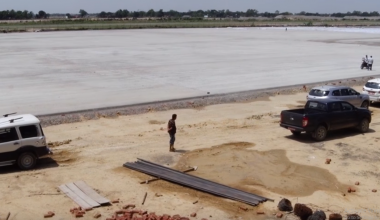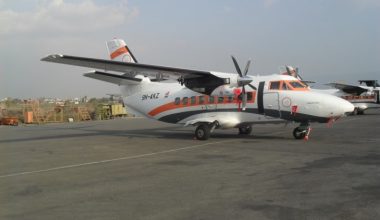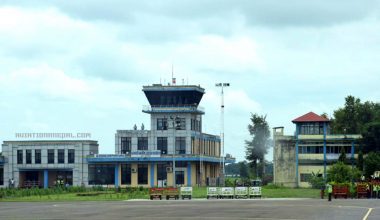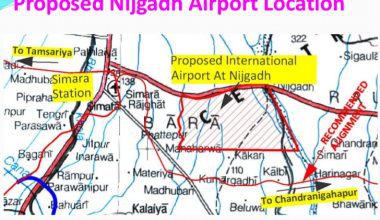Mode S Monopulse Secondary Surveillance Radar (MSSR) was eventually installed a year back by CAAN and JICA jointly under broader Tribhuvan International Airport (TIA) modernization project but was waiting for the calibration flight since then for the official operation.
CAAN had earlier called global tender two times for the calibration flight but had failed to receive even a single bid on both the occasions. Hence CAAN analyzing none being interested in the tender had approached FAA for the calibration flight. Though aviation authority from Nepal had been corresponding American Aviation Authority from long back but was unable to finalize the test flight until the MOU agreement.
Previously, the government of United States had requested its aviation authority to go for the test of the radar only after the government to government agreement. Both the aviation authority of Nepal and US were waiting for the approval from their government.
Later, the government of both the nations authorized its aviation authority for MOU agreement. Hence agreement between CAAN and FAA was finalized on 1st September this year.
Both the parties have now decided to commence the calibration flight for radar testing by 16th -18th of November reported Er. Sanjeev Singh Kathayat, Project Head of Radar Project for CAAN.
The calibration flight was earlier scheduled to be conducted in March but was delayed.
FAA is expert and pioneers of Radar testing and the reports published by them are more elaborative comparing it with any other authorities, we can rely on them for complete information, stated Mr. Birendra Prasad Shrestha Deputy Director General & Spokesperson at CAAN. The Radar system is planned to replace the previous 18 years old transmission system located in TIA, he added.
CAAN and JICCA together cordially have installed the Mode S Monopulse Secondary Surveillance Radar system one in Bhatte Danda for accessing the air operation of the region with the latest transmission system. The newly installed system is currently under test and only will come into operation after the approval of calibration flight.
The targeted cost for the calibration flight is more over two crores of Nepalese currency. Jet aircraft belonging to FAA with hi-tech equipment from the US will arrive Kathmandu to take on the testing of Mode S Monopulse Secondary Surveillance Radar (MSSR) signal from an altitude of 40000 plus feet of elevation, Kathayat added.
Er. Sanjeev Singh Kathayat also reported that FAA Mode S Monopulse Secondary Surveillance Radar (MSSR) test is scheduled to take two days for the complete elaborate reports. Hence the radar will come in regular operation once the calibration flight is successful.
The radar installation work was accomplished with 1 billion of Nepalese Currency. The radar installation project was aided by the Japan International Cooperation Agency (JICA).
The new Mode S Monopulse Secondary Surveillance Radar (MSSR) can monitor the aircraft up to 200 nautical miles. Its range reaches it’s extending up to Dang in the west, and covers up the aerospace of entire eastern, northern and southern parts of the country whereas, the current existing 18 years old outdated radar’s range can only reach up to 60 nautical miles. The radar had also been troubling the air operation with errors at TIA.






